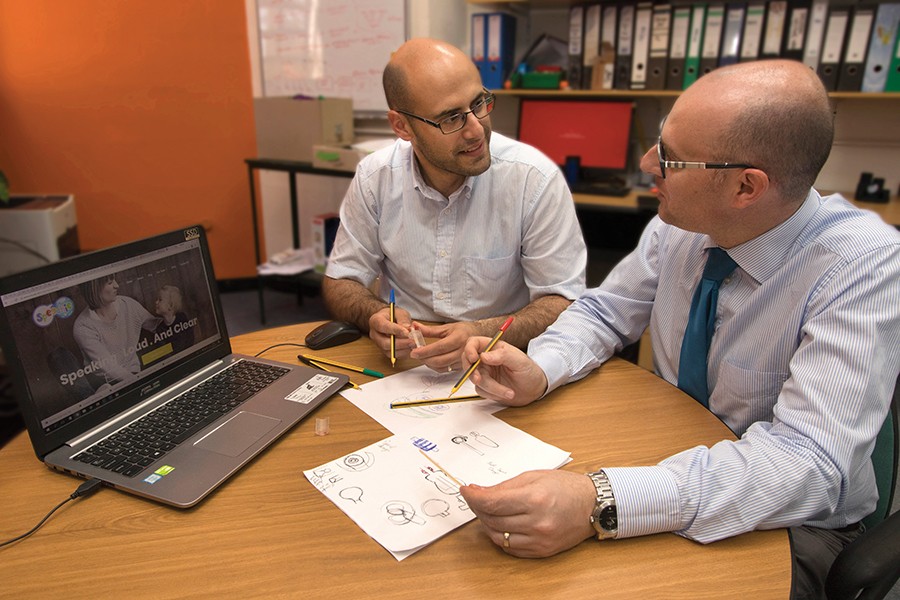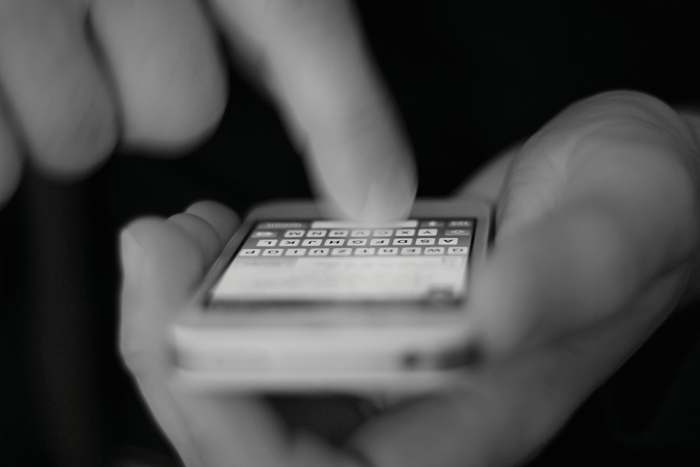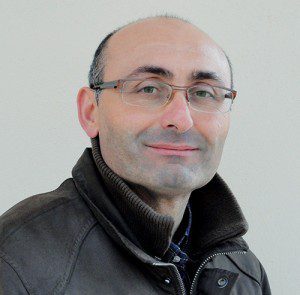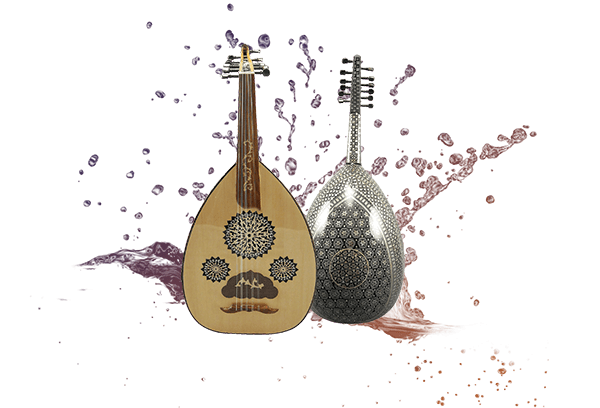We’re always warned about what personal details we share on social media. But what does the language people use on platforms like Facebook and Twitter tell us about their wellbeing? Words by Dr Olga Bogolyubova.

Today being an Internet user means being a social media user. The two have become synonymous.
According to the Global Web Index report, there are now over three billion people worldwide using at least one social networking site. The average Internet user has eight social media accounts and is active on at least three platforms. In our contemporary world, most of us spend a significant chunk of our lives online.
This is a modern reality: we access information online, purchase goods and services online, search for jobs online, follow professional interests online, schedule events online, invest in relationships online (some of them purely virtual), and then spend the remaining idle time browsing through our news feeds.
Humans are social creatures, and like other big apes we care about hierarchies and group status. This is reflected in our behaviour on social media, where we actively engage in impression management. We select aspects of our lives to present online in the hopes that they will bring us more benefits, while editing out other parts that could cause negative consequences.
We want to look happy, popular, rich, and successful, or if that doesn’t work, at least try to come across as dramatic or alluring. But in a world where the line between reality and the digital world continues to blur, can we really separate our real-life characteristics from our online persona? Can we effectively hide aspects of our offline identity when online? Are we as good at concealing our true selves as we think we are?
Going deep

A few years back, Dr Michal Kosinski and his team set out to find answers to the above questions. They sought to determine if it would be possible to predict individual characteristics (such as age, gender, sexual orientation, and so on) and personality traits from Facebook Likes.
Over 58,000 people volunteered to take part in the study and provided their Facebook Likes, demographic data, and answers to a set of psychometric measures.
Ethnic origin and gender were predicted from Likes with the highest level of accuracy (95% and 93%, respectively). Prediction of religion, political preferences, and sexual orientation was also good, with 75% to 85% accuracy. However, predicting personality traits turned out to be somewhat more difficult.
In psychology, personality traits are described as characteristic patterns of thoughts, feelings, and behaviours and, by definition, these are latent variables, meaning that they are not directly observable but derived from answers to a set of questions. Even so, Kosinski’s research team did manage to demonstrate significant connections between the study participants’ personality traits and their Facebook Likes, with the trait of Openness showing the best predictive potential.
The study has attracted a lot of attention. Other researchers have since been attempting to predict individual characteristics from various features of social media profiles. At first glance, some of the findings may look strange or even absurd. For instance, in one of the studies aimed at predicting personality traits from profile pictures, it was found that extroverted people are less likely to have profile pictures with nostrils showing. Sounds ridiculous… but it actually makes sense if you think about it. By definition, extroverted individuals are more likely to be mindful of other people’s perceptions of them, more likely to see themselves from another’s point of view. As a result, they’ll post better selfies and profile pictures when compared to introverts, who are more likely to upload casual snapshots as profile pictures.

This observation shows that we are unable to control the little details of our behavior. There as so many minute variables involved that it is impossible for us to keep track of them all. A lot of non-vital and therefore ‘unnecessary’ information slips through, yet it reveals a lot about us. This is also found in language. While we usually have no trouble controlling what we say, it is much harder to control how we speak. The topics of our conversations with friends and strangers are firmly under our control, but our use of pronouns and articles in everyday conversations is not. The style of our language is invisible to us.
Honing in on the invisible
James Pennebaker, Professor of Psychology at the University of Texas, USA, was among the first behavioural scientists to propose computational approaches for the study of these invisible, functional components of language.
Pennebaker’s research demonstrated that it is these ‘stealth’ elements that connect deeply with our psychological makeup and state of mind. His ideas provided a starting point for a lot of current social media-based research. After all, our online presence is still largely text-based and rooted in language, and it is only natural that a lot of social media research is based on linguistic analysis.
Many studies are exploring predictors of how online language is being used. For instance, in a recent Facebook-based study, conducted in collaboration with my colleagues from St. Petersburg State University, Russia, we explored connections between subjective wellbeing (i.e. level of satisfaction with one’s life and positive emotionality) and language used in wall posts.
We were able to show that individuals with lower levels of subjective wellbeing are more likely to use ‘should statements’ in their language. In psychotherapy there is a long-standing tradition to regard ‘should statements’ as a type of irrational thinking associated with distress and mental health problems. It is interesting that we were able to demonstrate the relevance of these classic, pre-Internet theories to the contemporary world.
Identifying markers of mental health problems in online language is another important strand of research. Anxiety and mood disorders are the most common mental health conditions, responsible for a significant burden worldwide. They are also treatable, so early identification is vitally important, and social media may provide a platform for screening, psychoeducation, and connection to treatment (including affordable digital interventions). Research can change these citizens’ lives.
Social media-based research on mental health disorders has consistently found an increased use of first person pronouns (I, me) by people with depression. The finding reflects the painful self-centeredness of the mind in mental illness. Some other findings include observations on language use in post traumatic stress disorder, seasonal affective disorder, and obsessive compulsive disorder, as well as on identification of suicide risk.
Social media can be risky, but is it the monster we are seeing splattered all over mainstream media? Research can help build systems that bring mental health interventions to low resource regions, and it can aid in identification of suicide risk and risk of violence. Ultimately, it can promote healthy living and save lives.

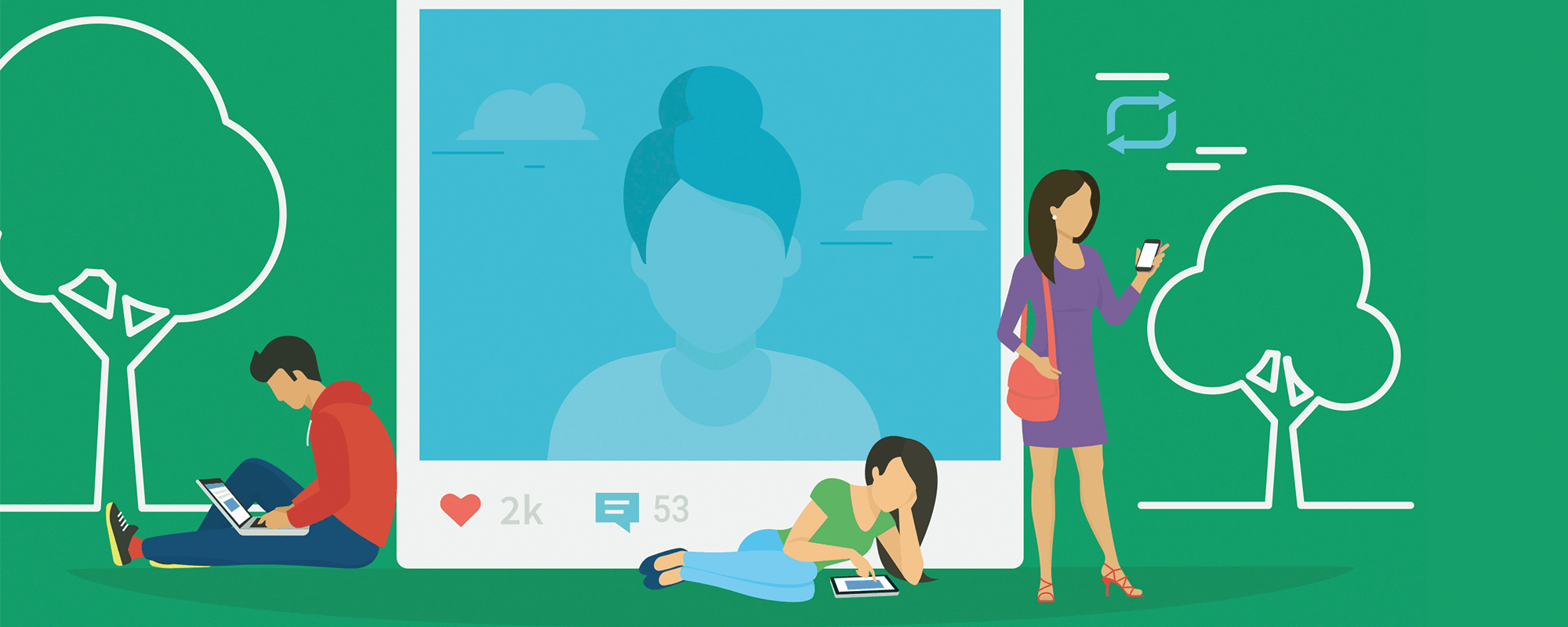





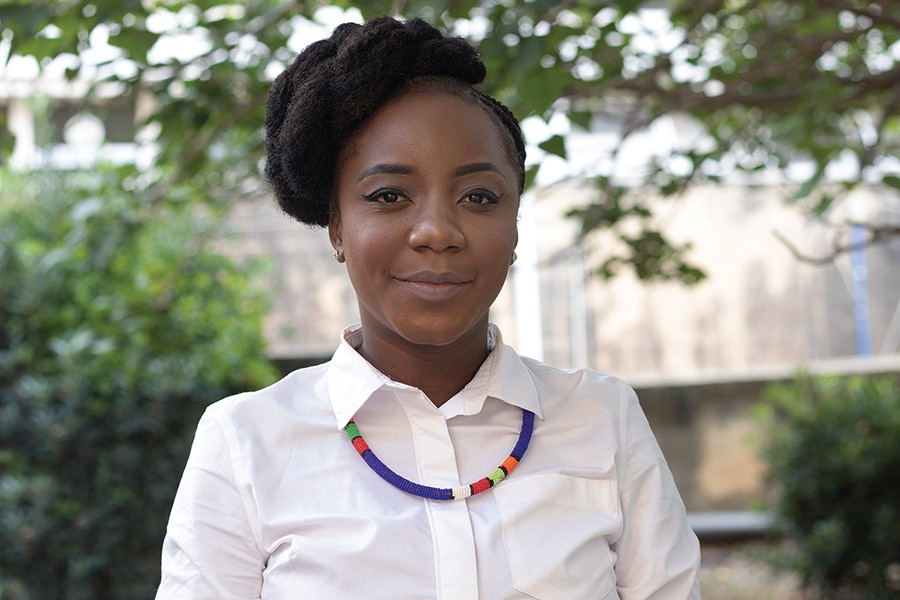
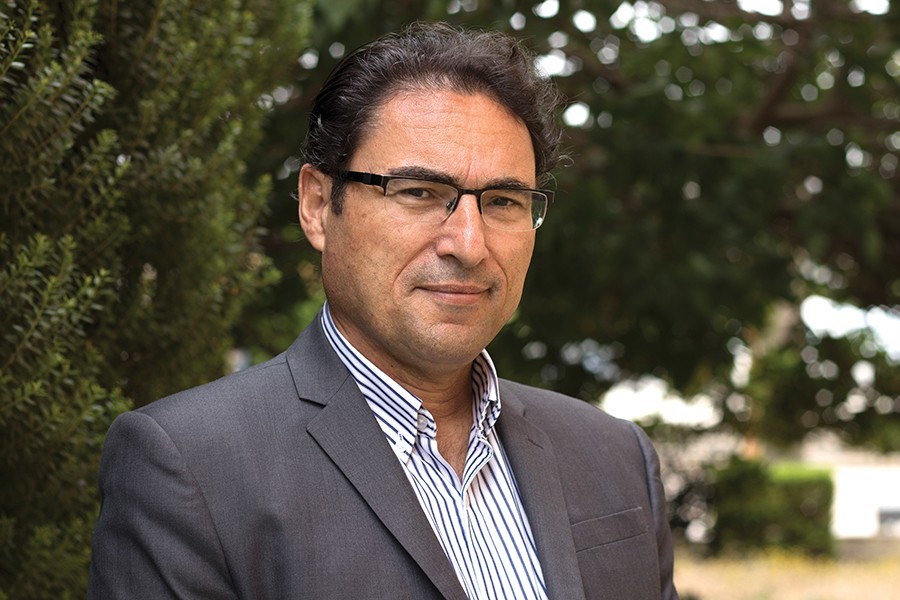
 Children’s development can be badly affected if their social and emotional well-being is not adequately addressed, says Cefai. This gap in emotional learning allows for educational systems to be driven primarily by market economy needs. Rather than what kind of jobs people do, or what successful businesses need, as educators we need to ask: what kind of life would this child or young person be happy living? The market-driven approach is focused on performance, individualism and competition, with little time and space for collaboration, sharing, compassion, and solidarity. Sadly, this situation is seen all too often.
Children’s development can be badly affected if their social and emotional well-being is not adequately addressed, says Cefai. This gap in emotional learning allows for educational systems to be driven primarily by market economy needs. Rather than what kind of jobs people do, or what successful businesses need, as educators we need to ask: what kind of life would this child or young person be happy living? The market-driven approach is focused on performance, individualism and competition, with little time and space for collaboration, sharing, compassion, and solidarity. Sadly, this situation is seen all too often.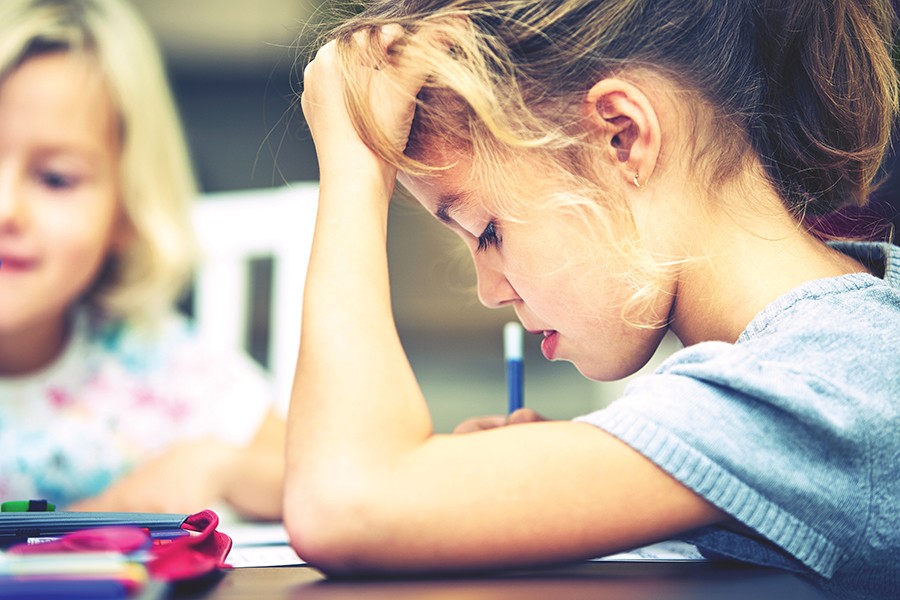 A success story in SEE implementation is a success story for everyone. Reams of evidence through studies can be found touting SEE’s praises. The approach enhances prosocial behaviour and mental health and well-being. It enhances academic achievement and prevents problem behaviours such as delinquency, anxiety, and depression. Such social issues cost taxpayers money to handle, mitigate, and fix. So much so, that the costs involved in setting up SEE are guaranteed to be not only returned, but exceeded. Some studies report that for every €1 invested, €11 will be returned to the economy in various shapes and forms.
A success story in SEE implementation is a success story for everyone. Reams of evidence through studies can be found touting SEE’s praises. The approach enhances prosocial behaviour and mental health and well-being. It enhances academic achievement and prevents problem behaviours such as delinquency, anxiety, and depression. Such social issues cost taxpayers money to handle, mitigate, and fix. So much so, that the costs involved in setting up SEE are guaranteed to be not only returned, but exceeded. Some studies report that for every €1 invested, €11 will be returned to the economy in various shapes and forms.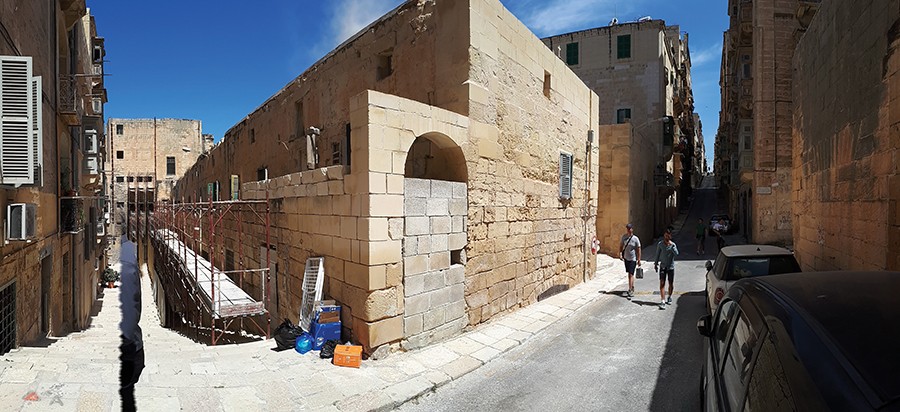
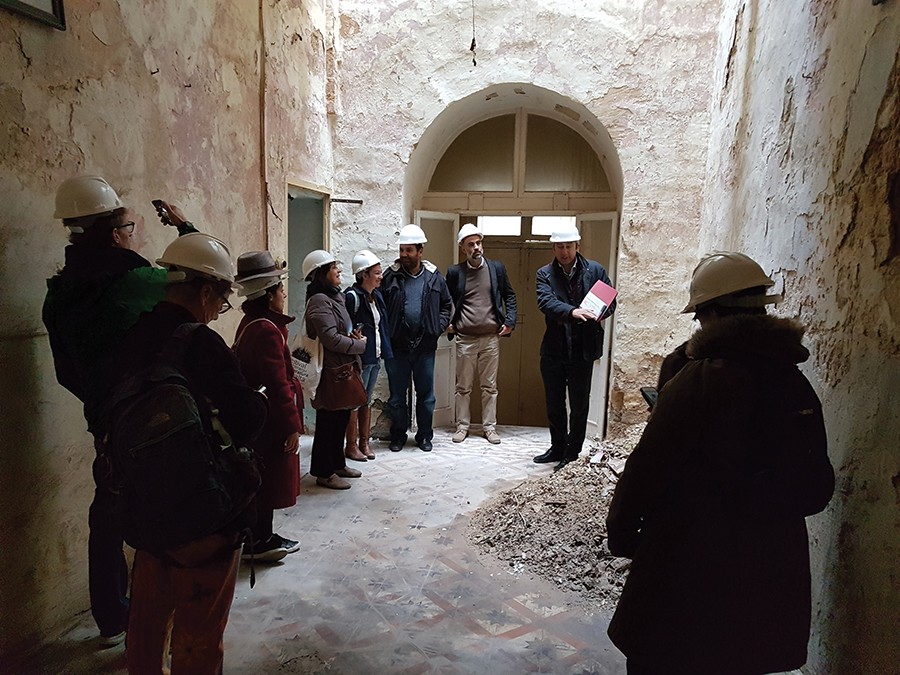
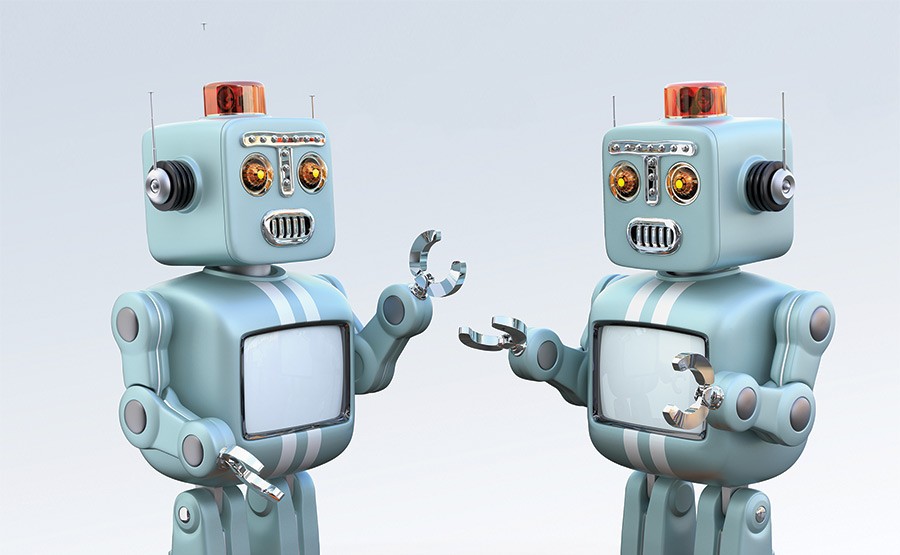
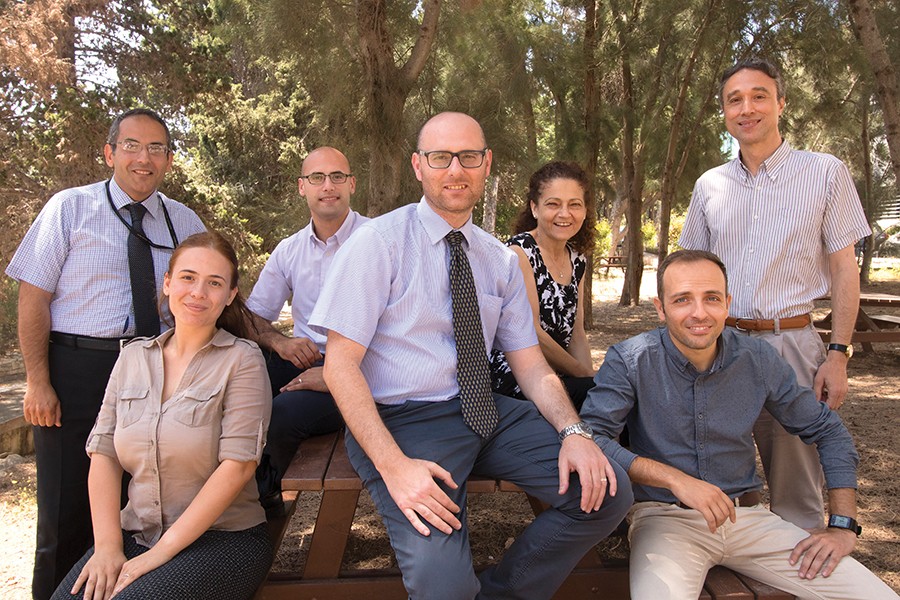
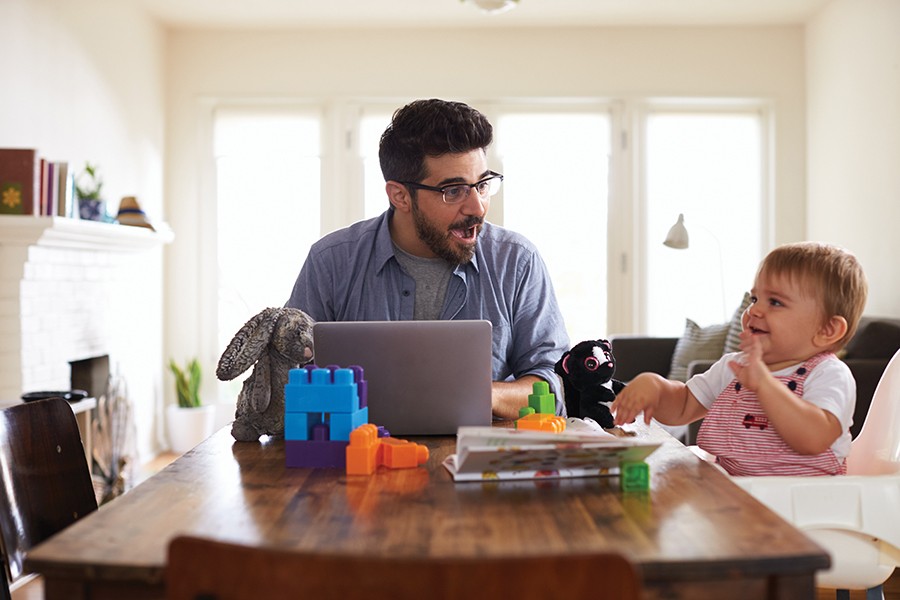 With further questioning, we also came to realise that different parents have different criteria when deciding to buy a toy. One parent told us that before buying a toy for her daughter, she would ‘try to see for how long she will play with it and what the toy will give her in return.’ Another parent, concerned about toys’ safety, checks for the
With further questioning, we also came to realise that different parents have different criteria when deciding to buy a toy. One parent told us that before buying a toy for her daughter, she would ‘try to see for how long she will play with it and what the toy will give her in return.’ Another parent, concerned about toys’ safety, checks for the